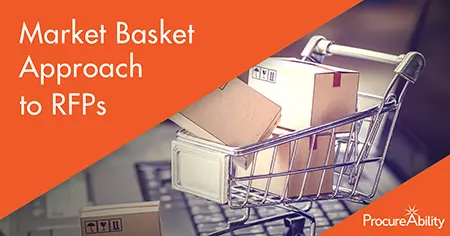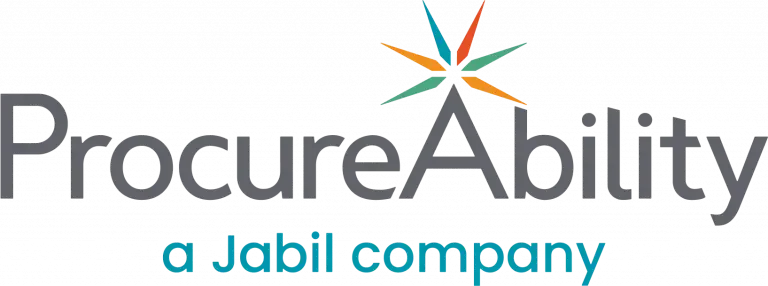
Have you ever released an RFP with thousands of items or complex, highly engineered components? Consider a market basket approach to your RFP.
A “market basket” is a representative sample of the entire spend an organization intends to take out to market for quotation.
When the market basket technique is used, the RFP will include only the subset of items that make up the representative sample instead of all items in the category. By reducing the number of items included in the RFP, suppliers spend less time completing the RFP, which allows them to focus on the accuracy and detail of their quote. The market basket approach also saves time and simplifies the internal analysis of supplier responses due to the reduction in line items quoted by suppliers
Three steps to decide market basket sample:
- 80/20 Rule – start with the 20% of parts that drive 80% of the category spend
- Part families – review to ensure all types of items are included; then include/exclude parts to ensure all part types are accurately represented
- Cats and Dogs – pull in low volume and low spend items to complete your market basket
By following the three steps above, the market basket will be a truly representative sample of the entire category spend.
A common pitfall when developing a market basket is following only one of the three steps above puts the RFP at risk of not representing all items. For example, not including low volume or low spend items can misrepresent your organization’s spend to suppliers. This could result in issues during implementation, forcing the release of a second RFP or lengthy supplier follow-up discussions.
If you don’t provide all items in the RFP, how can you trust that suppliers will provide reasonable prices fr non-market basket items?
Pricing mechanisms for non-market basket items should ensure your organization does not lose savings, especially on low volume and low spend parts, as well as provide visibility into the pricing for new items in the future. There are multiple mechanisms seen in the marketplace. Options include:
- For categories that include thousands of items, consider a high-level formulaic approach such as Cost Plus or List Minus. This approach is quick and simple. If following a Cost-Plus model, make sure your organization and the supplier agree on a detailed cost model with visibility of all cost buckets.
- For complex, highly engineered items, consider asking suppliers to quote the non-market basket items similar to the items they are being considered for award. Pricing for these types of items may be significantly impacted by several factors, including engineering costs and volume. While this is time-consuming, waiting until after award will save your organization time in the number of items to review as well as reducing the total amount of items suppliers would be asked to quote if all items were included in an RFP.
Before deciding on the strategy for non-market basket items, align with key stakeholders who are impacted by the RFP, such as finance teams. Gain buy-in for the RFP strategy by explaining the market basket approach and options for non-market basket pricing. This will also serve as an approval of savings calculations resulting from the RFP. You can share this blog with teammates who you think could benefit from learning more about this strategy!
Following a market basket approach for an RFP significantly reduces time spent by your organization while also providing all the information you need to make an accurate and detailed analysis across the entire spend. Remember that the market basket is a representative sample of the entire spend – start with the high value and high spend items, but always ensure all types of items are represented in the market basket. Need help with your approach? Get in touch with the experts at ProcureAbility today!
Subscribe to ProcureAbility Insights to access whitepapers, presentations, plus our latest thought leadership.



